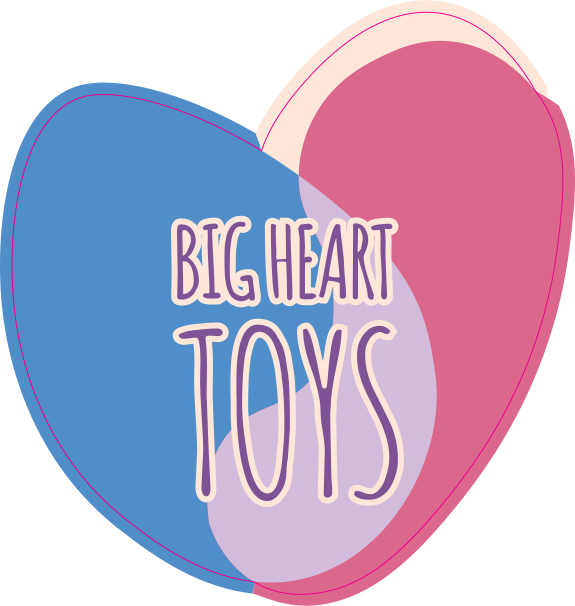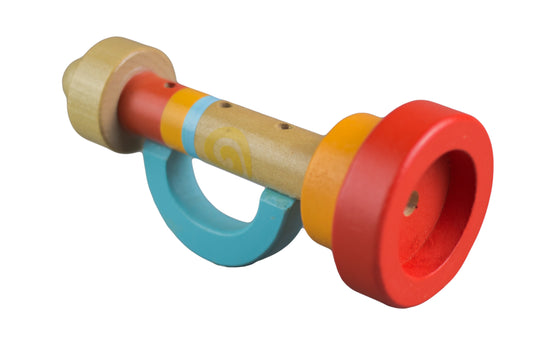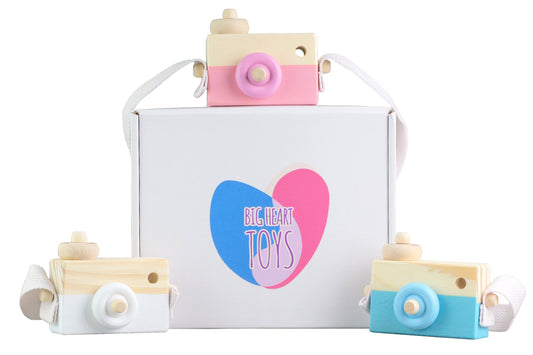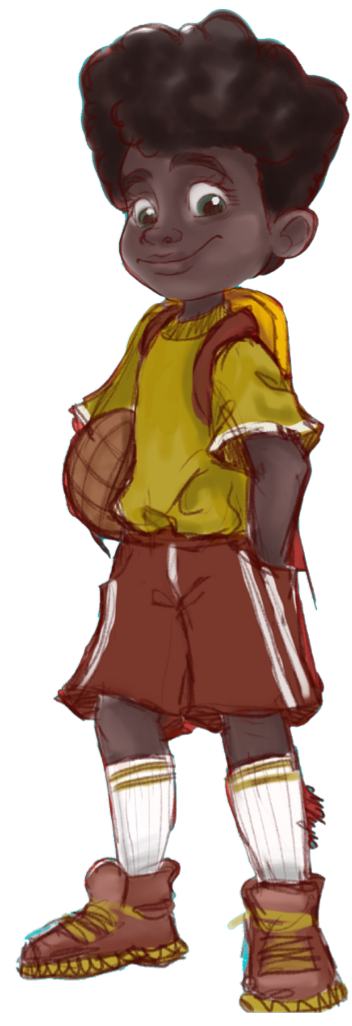Children with autism often have unique sensory needs and interests that can greatly influence their play preferences. Engaging in play is both fun and essential for their overall development, including social skills, communication, and sensory integration. Selecting the right toys tailored to their specific needs can significantly enhance their play experience and promote positive outcomes.
When looking for the best toys for three-year-olds with autism, focus on fostering creativity, sensory exploration, and skill development. Consider their personal likes and dislikes, specific learning goals, and current developmental abilities. Toys should be fun and easy to play with, so try not to make it too challenging for them to engage.
What Types of Play Do Three-Year-Olds Engage In?
When your child turns three, you may start to notice their engagement with other children during playtime increase. This is typically around the age when associative play and cooperative play begin. For little ones with autism, they may be more hesitant or completely uninterested in engaging with other children.
Play preferences and interactions of children with autism may differ from their neurotypical peers. While many three-year-olds begin to engage in play alongside others with shared materials and interaction, children with autism might still exhibit parallel play or solitary play instead.
It's essential for caregivers and educators to support and respect the child's preferred mode of play while also gently encouraging social interactions and providing opportunities for positive play experiences.
As the child continues to grow and develop, their play skills and social interactions may evolve, and they may gradually become more comfortable engaging with others during playtime. Patience, understanding, and acceptance are key in supporting the child's social and play development and selecting the best toys for playtime.
How Can Toys Help Sensory Needs?
Toys play an essential role in addressing the sensory needs of children with autism. They offer various forms of sensory stimulation that can help children explore and regulate their sensory experiences. Sensory toys with different textures, such as soft plush toys or textured blocks, provide tactile stimulation, allowing children to experience and distinguish between the two.
Toys with bright colors, contrasting patterns, or visual effects like light-up toys provide visual stimulation. Visual stimulation toys can capture children's attention, enhance visual tracking skills, and promote visual processing abilities. Toys that produce sounds or music, such as a trumpet for toddler or sound puzzles, offer auditory stimulation. These toys can aid in the development of auditory processing skills and help children distinguish between different sounds.
Some toys are specifically designed to provide calming sensory input, such as fidget spinners or stress balls. These toys can help children manage stress, anxiety, or sensory overload by providing an outlet for comfort and relaxation.
Toys that offer a combination of sensory inputs allow children to engage multiple senses simultaneously, promoting sensory processing skills and self-regulation. With these things in mind, we’ve created a list of toys best suited to meet the needs of three-year-olds with autism:
1. 3D Building Blocks
Building blocks are excellent for promoting fine motor skills, spatial awareness, and creativity in children with autism. These toys provide opportunities for hands-on exploration and encourage imaginative play. Building structures with blocks can also help enhance problem-solving abilities and concentration.
2. Pretend Play Toolboxes
Pretend play is a valuable activity for children with autism, as it allows them to practice social interactions, communication skills, and emotional expression in a safe and supportive environment. A toolbox filled with pretend play items such as a hammer, screwdriver, and wrench can spark imaginative scenarios and encourage role-playing.
3. Themed Sensory Bins
Sensory bins offer a wide range of sensory experiences for children with autism. Filled with materials like rice, beans, sand, or water beads, sensory bins provide tactile stimulation and promote sensory exploration. Incorporating themed objects or toys into the sensory bin can further enhance engagement and encourage pretend play. Sensory bins also offer opportunities for calming sensory input, making them ideal for regulating emotions and promoting relaxation.
4. Color Matching Game
Color matching games are fun games that support color recognition, visual stimulation, and hand-eye coordination in children with autism. These games typically involve matching colored objects or toys to corresponding color bins, providing opportunities for learning in a fun and interactive way. Choose games with clear, simple instructions and tactile components to accommodate different learning styles and sensory preferences. You can also use this sorting game as an educational experience and practice things like counting to make it extra engaging!
5. Puzzles
Puzzle toys are excellent for promoting cognitive skills, problem-solving abilities, and hand-eye coordination for children with autism. These toys come in various forms, including wooden puzzles, shape sorters, and sound puzzles, catering to different developmental levels and interests. Puzzles encourage focused attention and perseverance, helping children develop critical thinking skills and spatial reasoning abilities.
6. Kinetic Sandbox
A kinetic sandbox is an exciting sensory play tool that offers tactile and proprioceptive feedback, making it highly beneficial for children with autism. Filled with kinetic sand, a moldable and sensory-rich material, the sandbox provides opportunities to create, practice fine motor skill development, and work on sensory regulation. Children can explore different textures, shapes, and patterns, promoting sensory integration and self-expression.
7. Art Supplies
Art activities offer a creative outlet for children with autism to express themselves, explore sensory experiences, and develop fine motor skills. Art supplies such as large-grip crayons, easy-grip paint brushes, and non-toxic modeling clay accommodate different sensory needs and physical abilities. Encourage children to experiment with various art materials and techniques, encouraging self-expression and confidence.
8. Pretend Play Sets
Pretend play sets, such as play kitchens, doctor kits, or dollhouses, provide children with opportunities to engage in imaginative role-playing activities. Pretend play helps children develop language skills, social-emotional skills, and cognitive abilities as they act out different scenarios and explore roles. These sets can be used independently or with others, meeting children wherever they are in their play development.
9. Dress-Up Costumes
Dress-up outfits are a fantastic choice for three-year-olds as they encourage imaginative play, creativity, and role exploration. These outfits often include costumes of various professions, animals, or characters, allowing children to transform themselves. Dress-up play provides many developmental benefits for little ones.
10. Math Games
Interactive math games are a great way to introduce educational concepts in a pressure-free setting. You can build a foundation for mathematical concepts like counting, sorting, and adding without directly teaching those things. They also allow children to practice creativity, fine motor, and cognitive skills through play. These games make for an engaging playtime between you and your child.
What Kind of Toys Should I Avoid?
Now knowing some of the best toys for three-year-olds with autism, it's important to consider things to avoid. Be careful not to purchase fragile or breakable items. Toddlers are known for tantrums, and playtime can get frustrating. The last thing you want is anything that will pose a danger if dropped or thrown.
It's also wise to steer clear of toys with small parts that could be choking hazards. Three-year-olds, especially those with autism, may still explore objects by putting them in their mouths. Go for toys with larger, sturdy pieces that are securely attached and easily picked up and played with.
Avoid toys that make loud or sudden noises, as these may overwhelm or startle a child with sensory sensitivities. Instead, look for toys with adjustable volume settings or soothing sounds that promote calmness and relaxation.
Similarly, avoid toys with strong scents or textures that may be overwhelming to a child's senses. Stick to toys with neutral or familiar scents and textures that won't cause discomfort or aversion.
Be mindful of toys with overly complex or abstract designs. Children with autism often thrive with clear, concrete concepts. Choose toys that are straightforward and easy to understand, promoting engagement and enjoyment without frustration.
By avoiding these types of toys and selecting ones that are safe, sensory-friendly, and engaging, you can create a positive and enriching play environment for a child with autism.
The Bottom Line
Choosing the right toys for three-year-olds with autism involves considering their unique sensory preferences, developmental goals, and interests. Toys that promote sensory exploration, creativity, and skill development can enhance their play experience and support overall development.
By incorporating a variety of toys and activities tailored to their individual needs, parents, caregivers, and educators can create enriching play environments that promote engagement, learning, and positive outcomes for children with autism.
Raising a child with autism comes with many unique challenges, and we know exactly what it’s like. For more engaging books and toys for children with autism, check out our product range. Sign up for our newsletter to experience an elevated sense of community and support.
Sources:
Occupational Therapy and Physical Therapy Visual Motor and Visual Perception | Cincinnati Children’s






